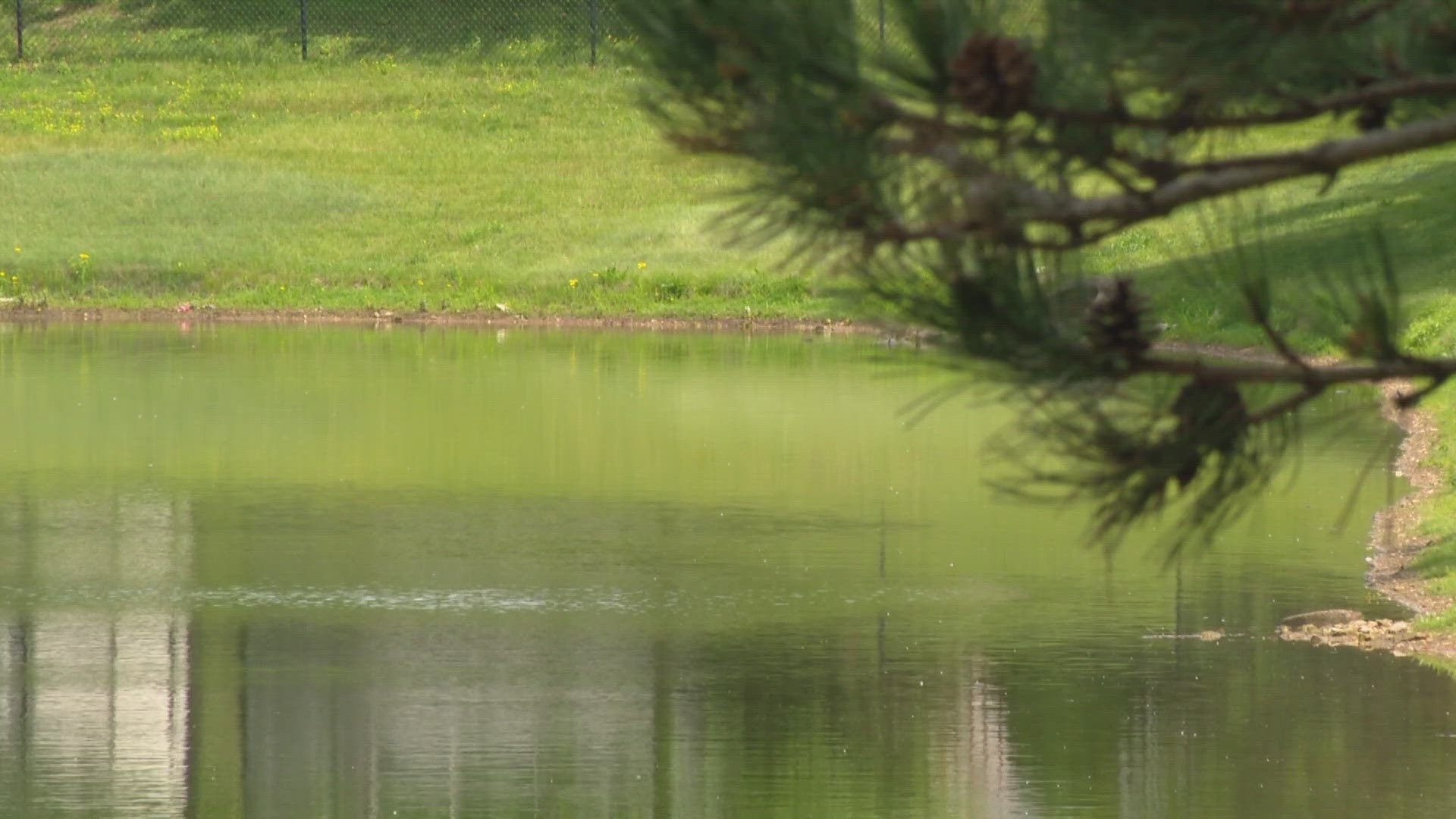INDIANAPOLIS — The drowning death of a 5-year old boy in west Indianapolis has first responders and safety experts hoping the community can help prevent future tragedies.
"If we can get next year, like 2025, zero drownings in Marion County that would be amazing," said IFD dive team commander Capt. Bryan Fleck.
In May, 2-year-old Anna Mundanda was also found dead in a retention pond.
According to the Centers for Disease Control, more children ages 1 to 4 die from drowning than any other cause of death. Drowning is the second-leading cause of unintentional injury death for kids ages 5 to 14.
The Indiana Department of Health reports 11 people died in retention ponds between 2018-2023.
"Most lakes and retention ponds in Marion County, you're probably looking at anywhere from a couple feet deep to 40-60 feet deep," said Indiana DNR Capt. Jet Quillen.
DNR averages about 49 drownings a year.
Quillen said it's also important to begin the conversation about water safety with kids.
Indiana University professor William Ramos agrees.
"Around that age, parents should and are probably introducing their kids to the water as a fun place to be taking them to swimming lessons, hopefully getting them ready for a lifetime of being in the water," said Ramos, a professor at the IU School of Public Health who focuses on water safety, drowning prevention and more.
He said there have been reports of children finding ways out of their home.
"We often see children that are able to get out of doors where maybe the lock, when maybe they were 2, kept them out, but now they're 5 and we haven't made those adjustments," said Ramos.
Ramos said a majority of drownings in young age groups happen unintentionally.
First responders stay ready.
"Every single month, our divers are getting scuba dives in, training dives. We're practicing for the 'What if?'" said Fleck.
They are also hoping to ease challenges.
"You'll arrive on scene and you try the best you can. You try getting those witness statements, getting all the resources you need and you're really going in blind," said Quillen.
There is no visibility underwater, which is why they say having reliable witnesses are key.
"Stay exactly where they are. If they can't, mark something. Pick up a rock or carve a rut with your shoe. Look across that body of water and find a tree or an immovable object of some sort, so we have a straight line," said Fleck.
Ramos said there is no state law that requires communities to install barriers to retention ponds or lakes.
It's something he's working to change.
"I was part of a task force that over the last several years created the first national water safety action plan. That is something we presented to Congress," said Ramos.
This action plan focuses specifically on drowning prevention.
'It's the first time we've had one in the U.S. and things like talking about barriers and legislation that might go along with that are part of the plan. It's a national plan and now it's up to states to talk about adopting it and that's one of the things I hope to do in the next few years is to talk about how that plan can be brought to our state," said Ramos.
A plan that hopes to save lives.
"You cannot beat water. Ever. Water will always win," said Fleck.

